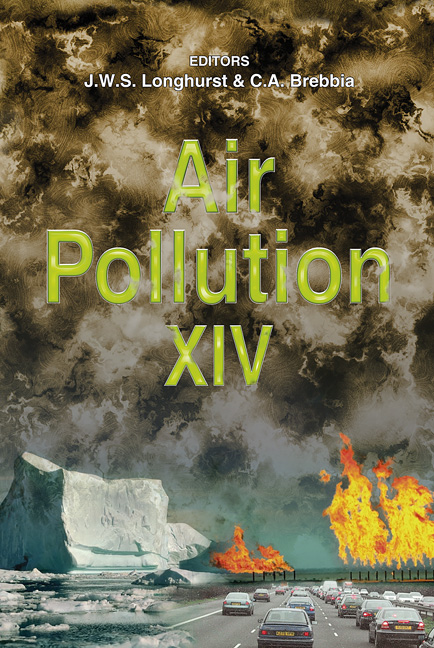PM10 Dispersion Model In Quarrying Activities: A Comparison Of An ISC3 Approach To A Mono/multivariate Geostatistical Estimation
Price
Free (open access)
Transaction
Volume
86
Pages
10
Published
2006
Size
1,471 kb
Paper DOI
10.2495/AIR060121
Copyright
WIT Press
Author(s)
G. Alfaro Degan, G. Di Bona, D. Lippiello & M. Pinzari
Abstract
Airborne particulate matter represents one of the most pollutant factors in quarrying activities. The present study, developed in an Italian limestone quarry, pursues the aim of comparing different modelling and forecasting techniques for local atmospheric dispersion of PM10. In particular, after the preliminary characterization of dust sources according with an active monitoring system, dust concentration is sampled together with the most important environmental parameters such as pressure, temperature, atmospheric humidity, wind direction and speed. Then emission rate for each mining activity is determined. In particular typical mining activities are characterized with particular care of crushing, drilling, riddling, materials loading and unloading, transport and haul road. Therefore from this variety of sources associated with quarrying activities, the assessment of PM10 concentration is realized according with an ISC3 model. The second part of the work consists in the prediction of spatial variability of dust concentration according with a geostatistical approach. In particular, sampled values represent the input data grid used to obtain a continuous map of PM10 concentration in the quarry itself. For the monovariate approach, after a preliminary analysis based on variograms computation, the Kriging method is used. In the multivariate approach, taking into consideration the two variables PM10 and PTS, the Co-Kriging technique is used. In the final part a comparison of these two different methods is given in order to define the more suitable one in the exposed conditions. Keywords: air pollution, particulate matter, dispersion, geostatistics.
Keywords
air pollution, particulate matter, dispersion, geostatistics.





